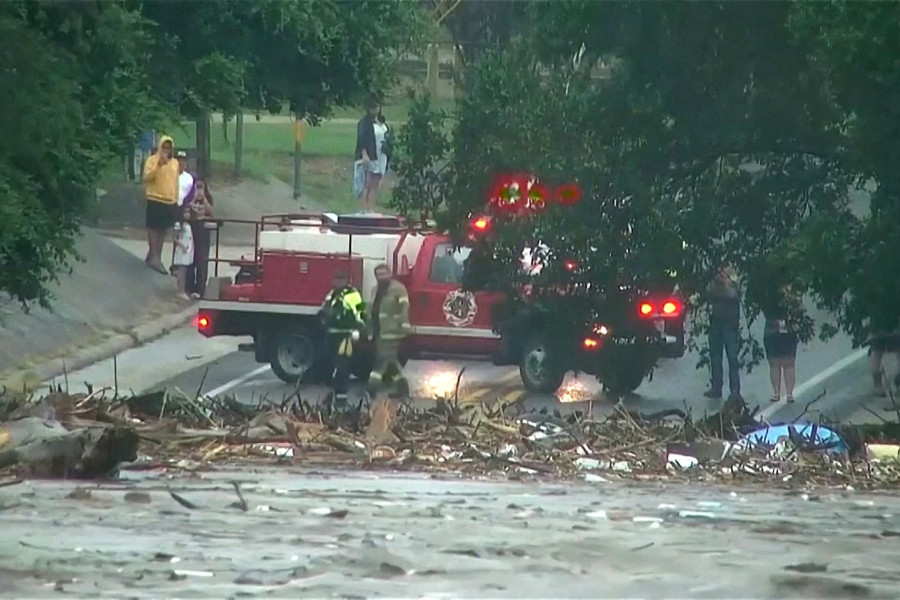‘Pitch‑Black Wall of Death’: Texas Flash Flood Leaves Hill Country Reeling

It was July 4. Families and kids were joining holiday festivities when darkness fell—not from fireworks, but from 10 inches of rain pouring suddenly onto fractured terrain. In under an hour, the peaceful Guadalupe River became a raging torrent, washing way lives and settlements .
Scene by Scene
- A river’s wrath: The Guadalupe River crested to its second‑highest recorded level and surged more than 26 feet in just 45 minutes .
- Camp Mystic’s nightmare: More than 20 girls vanished from Camp Mystic. Helicopters and boats scrambled, but the camp emerged from the flood ravaged .
Voices from the Flood
“I was horrified,” said a father whose grandson and grandmother were lifted via attic escape. A camper shared being lowered by a rope. Another survivor described a “pitch‑black wall of death” sweeping away everything in its path .
Who’s Missing, Who’s Found
- Casualties: At least 24 confirmed dead, mostly children among them .
- Missing persons: Between 23 and 25 campers are still unaccounted for, even as 237 others were rescued .
Rescue Strategy
Armada-like efforts continue: helicopters, drones, swift‑water units, Coast Guard, FEMA, and over 1,000 personnel. Search remains relentless even as rains linger .
Unprepared for Extinction-Level Rain
Officials admitted that local systems failed to foresee the scale of this event. While general flood watches were in place, there was no emergency alert system ready to act on such dramatic intensification .
Climate Alarm
Experts link this flash flood to broader climate trends: more atmospheric moisture, greater precipitation intensity on hardened land. Hill Country’s susceptiblity underscores a stark, urgent need for climate preparedness .
Closing Thoughts
As Central Texas reels from the trauma of this flash flood, one scene remains seared in memory: a river transformed from calm to cataclysm, families separated, a community forced to rebuild and reflect—just as more storms loom on the horizon.





